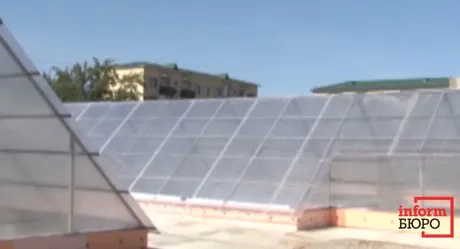
The greenhouse is buried in a ground trench in the shape of the letter "E" with reflective walls and a roof made from a domestic material- polycarbonate. The design holds heat better than traditional systems, as the surounding soil provides great insulation, thus reducing energy costs.
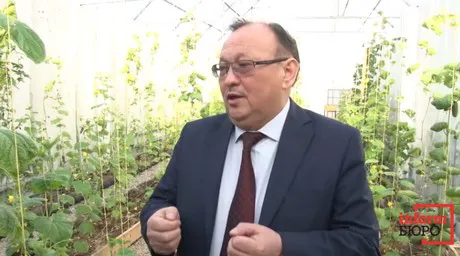
As the project leader Dr. Marat Maltekbasov explains, in such a design, the heat energy is used for 2-3 hours a day, while all above ground greenhouses in Kazkhstan normaly use energy around the clock. According to estimates, the heat consumption was reduced by 30 percent and electricity by 25 per cent.
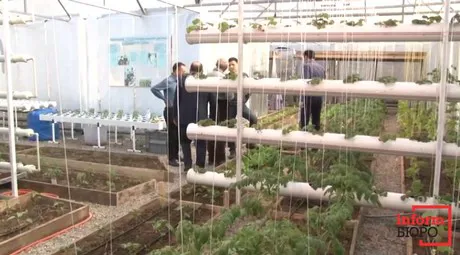
The experiments were conducted with different cultures - both local and exotic plants. Scientists are convinced that "in the greenhouse everything will grow, including exotic plants."
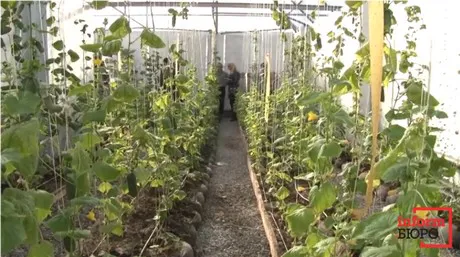
For growing plants in the greenhouse, several innovative technologies were used: hydroponics, aeroponics and drip irrigation. As a result, they succeeded in cultivating pest free, increasing the harvest by 2-3 times compared to growing on ground and reduced the water usage.
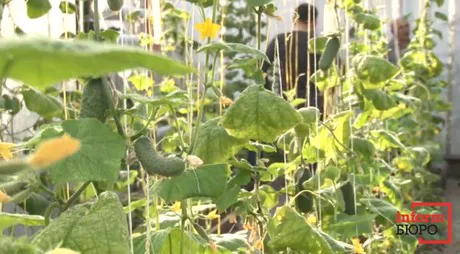
The scientists hope that in the future their invention will be widely used in the country's agriculture.
